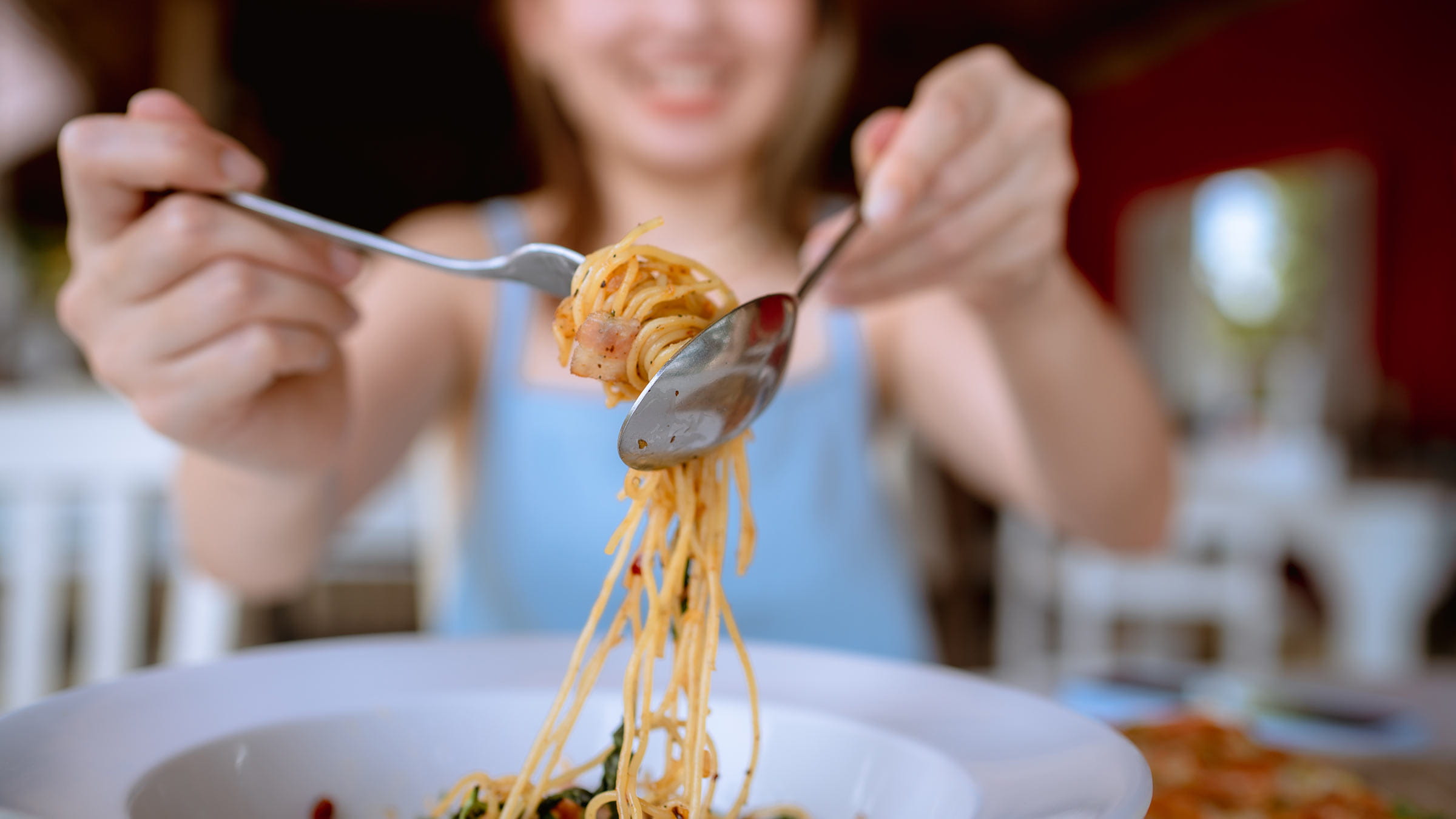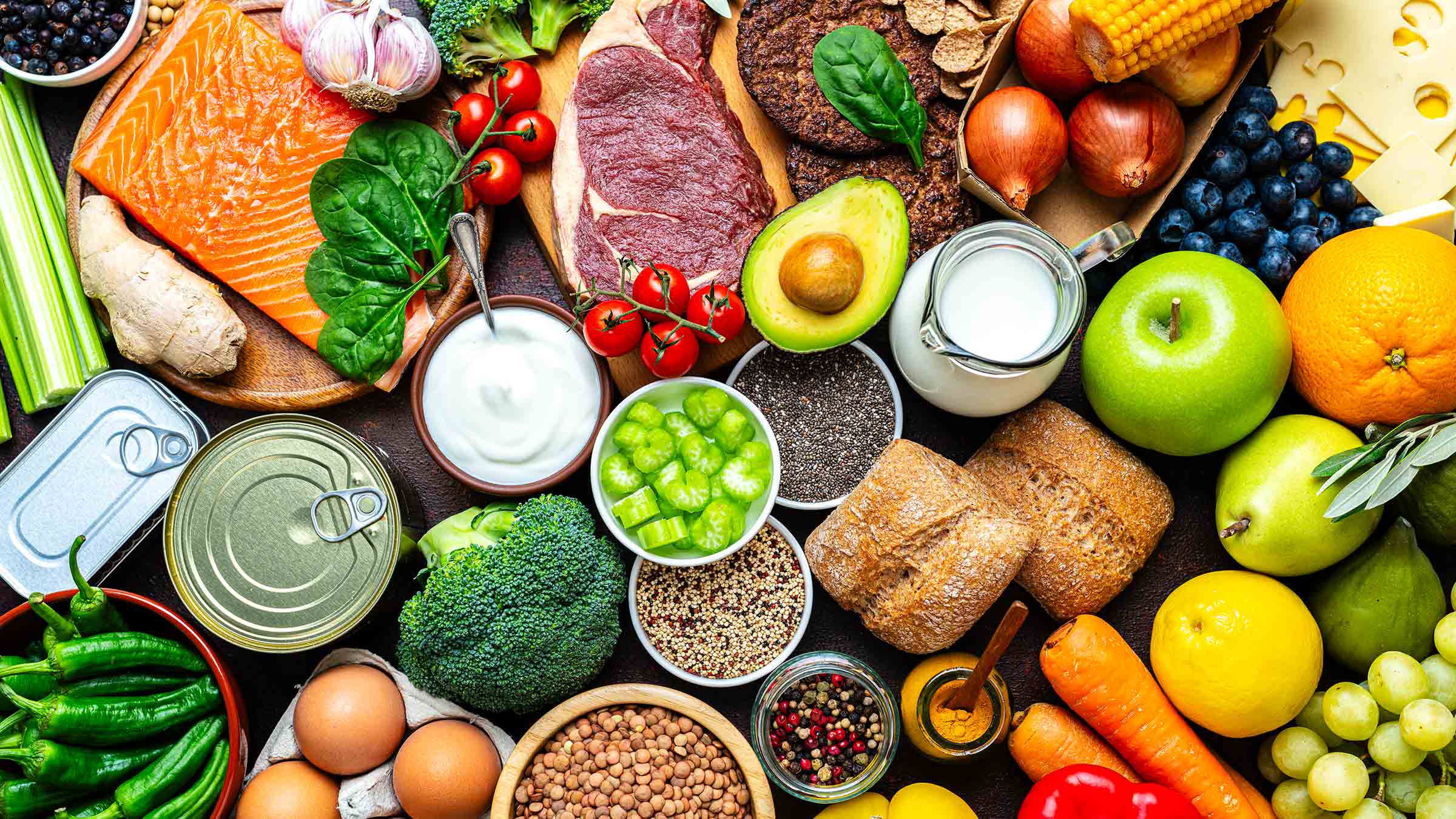
You may have seen the claim on a bag of tortillas: “zero net carbs.”
Or on a package of bread: Only three or four net carbs per slice.
That might sound very appealing if you’re trying to cut down on carbohydrates.
Food companies created the term to attract people on low-carb diets to their products with the idea that they can eat certain carbs with few consequences on their weight or blood sugar level.
Neither the FDA nor the American Diabetes Association endorses the notion of “net carbs.” Instead, they advise carb-conscious people to consider the “total carbs” in a food, which are listed on nutrition labels.
Even so, it could be useful to know the “net carbs” in foods if you have diabetes or are trying to lose weight.
How to calculate net carbs
Carbs are the body’s main source of energy. Net carbs are based on the idea that not all carbs have the same effect on your body. Some carbs, such as whole wheat bread, beans, apples or broccoli are high in fiber, a type of carb which isn’t broken down into glucose, unlike other carbs. Instead, fiber passes through your body undigested. That’s why food manufacturers don’t count fiber in net carbs.
To calculate the “net carbs,” of a food, take the total carbs and subtract the number of grams of fiber as well as any sugar alcohols, which are sugar substitutes such as Splenda or aspartame. Sugar substitutes typically have few to no calories. Like fiber, many sugar substitutes don’t break down into glucose in your body.
If you buy whole grain bread that’s 20 grams of total carbs, and 5 grams of that total is fiber, then the bread would be 15 net carbs.
Knowing the net carbs in a food may be helpful for you if you have type 1 diabetes. That’s because you need to calculate the carbs you’re eating. That determines how much insulin will allow your body to break down those carbs and use them for energy.
Carbs are not all equal
Foods that are low in net carbs are complex carbohydrates. These carbohydrates are high in fiber: apples, legumes, whole wheat bread, brown rice. They break down slowly in the body and are less likely to cause you to gain weight, and they don’t cause spikes in your blood sugar.
Complex carbohydrates differ from simple carbohydrates, such as white rice, white bread and pasta, which immediately break down into glucose and can cause sharp increases, then drops, in your blood sugar. They’re also more likely to cause you to gain weight than complex carbohydrates.
Foods high and low in net carbs
Foods high in net carbs include:
- White bread
- White pasta
- Sweetened yogurt
- Corn
- Potatoes
- Grapes
- Sweets such as cake or pastries
- Sugary beverages
Foods low in net carbs include:
- Lettuce
- Cauliflower
- Chicken
- Beef
- Butter
- Cream
- Greek yogurt
- Eggs
How do I know if I’m eating enough carbs?
Every person has different needs. If you eat about 2,000 calories a day, the current dietary guidelines suggest that 45% to 65% of daily calories should be carbs.
For my patients who have diabetes, I advise them to have 35% to 45% of their daily calories in carbs.
If you’re trying to lose weight, how much carbs you should eat depends on the type of diet you’re following. A low-carb diet, in which fewer than 30% of your daily calories are carbs, can help reduce hunger and regulate blood sugar. That makes losing fat easier.
But how much carbs, fat and proteins you should eat depends upon your individual needs. You can lose weight on a high-carb or low-carb diet if you’re burning more calories than you’re taking in.
What happens if you just eat protein and no carbs?
If you eat only protein and no carbs, your body will undergo several metabolic changes to adapt to the lack of carbs. When you eliminate carbs, your body starts burning stored glycogen (carbohydrate reserves in the liver and muscles) and then shifts to burning fat, a process called ketosis.
Protein is burned only when glycogen and fat are depleted. Your body may convert some protein to glucose through a process called gluconeogenesis, especially to fuel your brain and red blood cells, which need glucose.
Eating only protein and no carbs can lead to ketosis and weight loss. You must also consume fat to avoid serious health problems like liver and kidney damage or severe deficiencies in vitamins or minerals.
Long-term, a balanced diet of protein, fat and some carbs, especially from vegetables and whole foods, is healthiest for most people.
Combine protein and fats with carbs
If you’re concerned about eating carbs because you have diabetes and know that carbs can raise your blood sugar level, eat carbs with certain other foods.
Carbs eaten by themselves can increase your blood sugar level significantly. If you eat carbs with fiber, protein or healthy fats, such as nuts and seeds, your blood sugar won’t rise as much as it would if you had eaten the carbs by themselves. Fiber, protein and healthy fats slow down your body’s absorption of carbs.
So, if you eat a banana with peanut butter, your blood sugar won’t rise as high as it will if you eat the banana by itself.
Other examples of healthy carb-and-protein combinations include:
- granola with Greek yogurt
- fruit with cottage cheese
- hummus with veggies
- avocado with a slice of bread
Choose carbs wisely
Know the quality of the carbs you’re eating. Do they have much protein or fiber in them? When you look at the total carbs on a food label, choose products that have protein or fiber added to them. If you don’t see much protein or fiber in them, they’re likely more processed and aren’t ideal for losing weight or avoiding sharp increases in blood sugar levels.
The popularity of low-carb diets have some people fearing that carbs will cause them to gain weight and have high blood sugar. That’s not true for all carbs. We need carbs. It’s just important to know how to choose them.
By having a good balance of fruit and vegetables every day along with healthy grains, you’ll be choosing carbs that provide the energy you need without necessarily leading to weight gain or high blood sugar levels. And every once in a while, you’ll still be able to have some cake, tortilla chips or ice cream.

Take the first steps to a healthier lifestyle
Ditch the fads and start taking real steps to improving your health with the nutrition and dietary experts from Ohio State.
Start today




